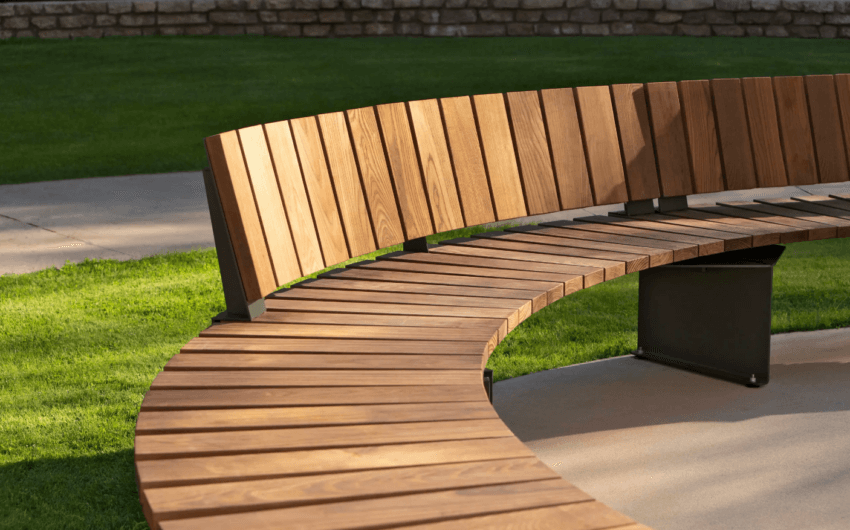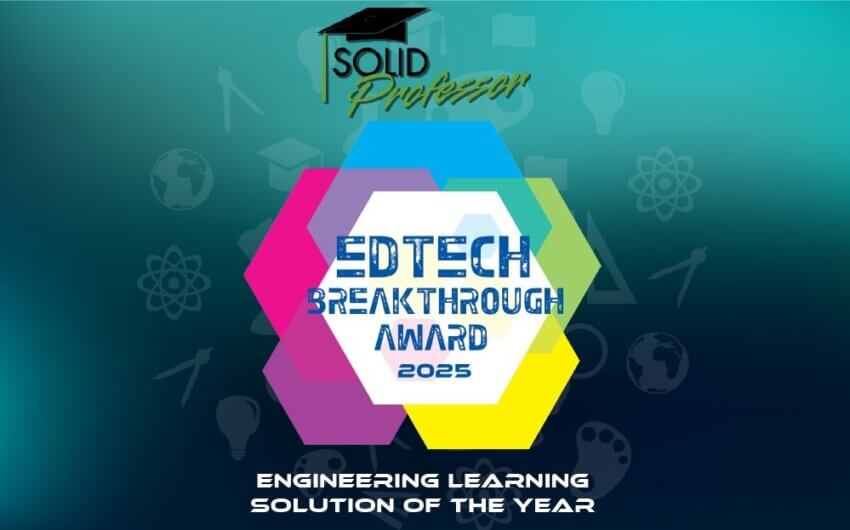Track your project from idea to final product
Did you know that bubble wrap was originally intended to be used as wallpaper? And frisbees were used as pie containers? There are other products like these in which their original intent was substituted for other functions, but the commonality among all products is that they were designed to solve a problem.
Every item that surrounds you was created to serve some purpose, even if it began with a completely different one in mind. Every product represents a solution that began as an idea, and through various stages became the product that it is today. These stages make up the idea to product lifecycle, which is used as a general plan for all types of projects, especially engineering projects. By understanding and using the idea to product lifecycle effectively, you can determine the feasibility of your project and ensure the success of your product.
In this blog series, we deep dive into each stage of the idea to product lifecycle, from identifying a problem and formulating an idea through production and marketing. In each post, we’ll focus on one of the twelve unique aspects of the cycle and its impact on the end product.

Fundamental questions
We’ve created this blog series to help you evaluate three fundamental questions:
- What are you doing?
- Why are you doing it?
- How do you define the success of it?
What is the idea to product life cycle?
The process is defined as “the transformation of an idea, needs, or wants by consumers or the marketplace at large, into a product that satisfies these needs”. Basically, the cycle represents the transformation stages an idea goes through to become a product.
12 stages of the product life cycle:
- Idea: Identify a problem and formulate ideas for innovative solutions. Read more
- Research: Determine if there is a market for your idea and how to improve on the competition that already exists. Read more
- Concept and Project: Develop the functionality of your product and its applications. Read more
- Patent Research / Application: Don’t get caught up in a legal spiral. Be proactive and understand the role and constraints of intellectual property. Read more
- Product Design: Design a product that solves the problem you’ve identified and satisfies consumer needs. Read more
- Engineering: Use CAD and CAM software to design your product and make it functional. Read more
- Prototyping: Build, test, and repeat. Read more
- Branding / Packaging: Make your product eye-catching and attractive to consumers. Read more
- Design for Manufacturing: Ensure your product can be produced in a cost-effective manner. Read more
- Production: Determine the methods and materials that will be used in production. Read more
- Trials and Regulatory Approvals: Measure the product’s effectiveness and get it approved for consumer use. Read more
- Delivery to Customers: Market your final product to relevant consumers. Read more
What’s next?
In the next post, you’ll learn about transforming a problem into a solution. This first stage presents the perhaps daunting challenge of identifying a purpose and formulating an idea.
























